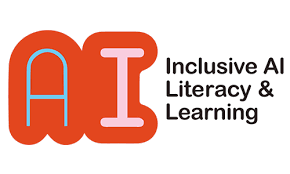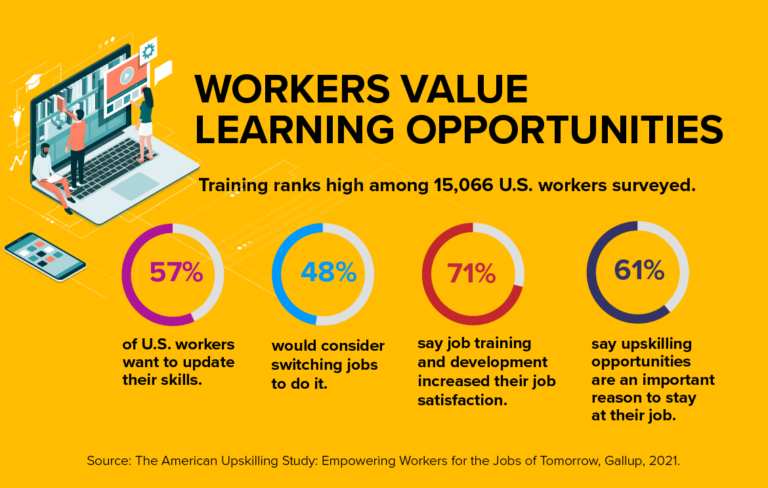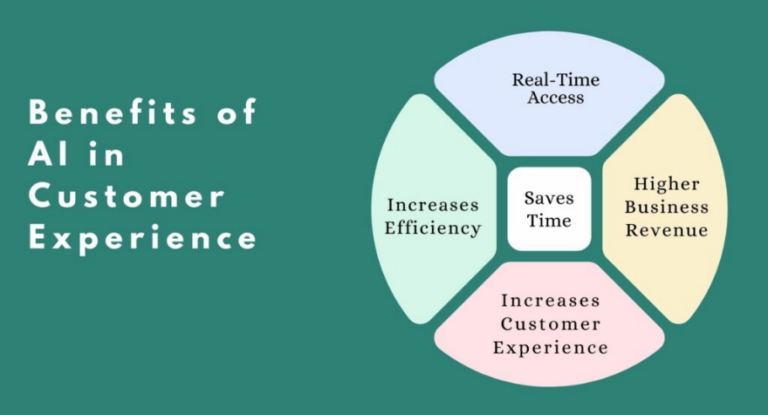
Are you treating AI as the new bright shiny object or the new source of business value?
Organizations globally have spent billions and billions of dollars on AI projects over the last several years. Unfortunately, according to a recent TechRepublic study, 85% of those projects failed. The greatest source of failure is the inability to answer three questions before you start the AI project:
- What problem are we trying to solve?
- How will AI help us solve it?
- How can we deliver the best customer/employee value through AI?
Too many AI projects are just about chasing the new bright shiny object with the belief that it will be the solution to all your productivity and operating challenges. As many companies are now discovering, there is a great deal of preparation required before they are ready to embark on a successful AI project. Here are some of the common mistakes that have resulted in the 85% failure rate:
- Lack of sufficient quantity of data – AI needs a large amount of good, easily accessible data in order to be trained to learn from it
- Lack of sufficient quality of data – As the old adage goes, “garbage in, garbage out”
- Underestimating the time and cost of the data component of AI projects
- Lack of planning for an AI lifecycle model – AI is not a set-it-and-forget-it technology
The other reality is that AI is not IT. As such, the skills and knowledge required to successfully acquire or develop and run AI programs do not exist in most IT teams. Data engineers and data scientists have very specialized skills and talents that are not easily transferable, which prioritizes hiring new AI talent rather than upskilling existing personnel.
Lastly, AI governance is the responsibility of the entire organization, including AI practitioners, line of business users, and C-Suite decision makers – not just the IT shop. This requires all these stakeholders to have sufficient AI literacy to avoid the mistakes above and get the desired business value from their AI investments.
A good place to start: Create and launch an AI Literacy & Awareness program

Several successful early AI adopter companies I’ve talked with started out by creating and implementing a comprehensive and detailed AI Awareness Program to educate their organization about what it is and what they must be prepared to do to get real business value from it. These programs included:
- Inviting AI experts into their company for presentations and discussions
- Building an AI archive of articles and use cases
- Visits to companies that have successfully deployed AI
- Hackathons to generate ideas and processes on how to get business value from AI, including:
- Employee business value
- Customer business value
- Meeting with well-established AI vendors to evaluate alternative AI approaches
AI as a source of increased employee development and retention

One area where early adopters of AI are seeing real impact and value is in employee development and retention. A recent research study conducted by McKinsey documented that 40% of workers said they spend 25% of their time working on mundane, low-value, repetitive tasks like sending emails and entering data. A recent study by R. Blumberg showed that knowledge workers waste 32 days per year juggling technologies rather than focusing on generating new business value for customers.
AI products like bots and ChatGPT have been coined “digital workers” as opposed to human workers. Digital workers are defined as AI that is enabled with skills to perform administrative tasks. They have the capability to learn and refine their skills, work in collaboration with knowledge workers, and remove the tedium and friction that slows business value creation.
In my work with helping clients increase the business value of IT, I frequently introduce them to our Core & Context framework as shown on the chart below.
My brother, Geoffrey Moore, developed the core and context framework to draw clear distinctions between the different types of work employees are engaged in across any enterprise. As he states:
- Core are those activities (e.g. product development and sales) that increase a company’s sustainable competitive advantage and directly impact the operating and financial performance of the company. The goal is to create true differentiation by giving customers what they want and cannot get from anyone else.
- Context are all the other activities (e.g. finance and legal) that must be done but do not directly drive increased revenues, margins, and profits. The goal is to, whenever possible, outsource context work in order to redeploy resources, time, and budget against core work.
The key point here is the more you can increase an employee’s work on core activities that make a real and direct contribution to the success of the organization, the more likely they are to be fully engaged in their development program and more likely to stay rather than leave.
In many cases, we actually measure the percentage of time spent on core and context (most employees start at 80% context and 20% core) and then build a program to shift that ratio to 60-70% core and 20-30% context. AI is the perfect tool to take on multiple context functions and activities and thereby help accelerate that shift from low value to high value work for the employee.
AI as a source of increased customer value

Learning faster than the competition is the only sustainable competitive advantage. The greatest source of learning can come from the enormous amount of data companies have on their customers’ current behaviors and actions which can be used to forecast their future needs and desires.
Recent studies from IDC have identified some very compelling statistics:
- There will be a five-fold increase in data generated by organizations between 2018-2025
- Only about 2% of the data generated in 2020 was retained and used in 2021
Clearly most organizations are nowhere close to effectively leveraging and learning from all their information assets. Being able to unlock the insights in all that data is exactly what AI is designed to be trained to do. However, that requires making all the quantity of data easily accessible and its quality good enough for AI to be trained to learn from it. This means cleaning, transforming, and manipulating the data along with performing additional data augmentation steps as needed.
Creating a successful AI model also requires a plan for its continued iteration and development into different operating versions and governance processes as it adapts to the changing competitive environment. All of these steps and many others are a necessary requirement in order for your company to realize the full business value from AI.
As always, I am interested in your comments, feedback and perspectives on the ideas put forth in this blog. Please e-mail them to me on LinkedIn.